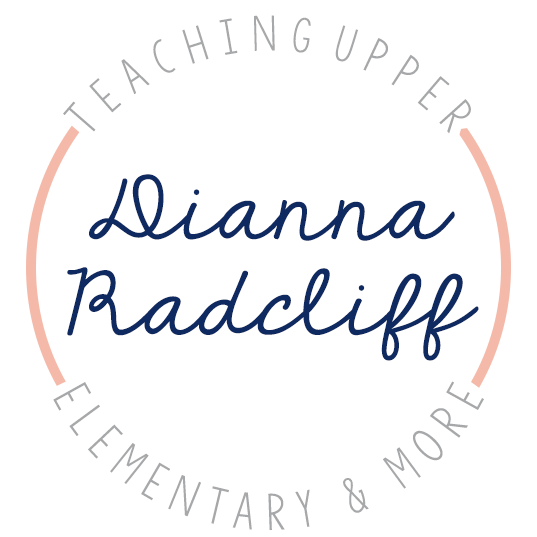
Hello Friends~
I’m back for another week of our book study: Teaching with Intention. Amanda at The Primary Gal has organized this for our little group of online friends & I’m loving it!
If you’ve missed anything be sure to catch up!
Part II: Taking Action
Chapter 3 was all about aligning your beliefs to the practice of setting up & arranging your environment. Your classroom environment sets the tone for so many things that happen on a daily basis. The way your classroom makes your students feel comes from your preparation to align your beliefs & practices. In this chapter Debbie Miller describes just that. She explains how she helped a new teacher gain the help of her students to make their classroom just for them. As educators we know how important routines are. Routines not only for the students but for us as educators. The day to day routines can not always happen in a classroom environment that is not set the proper way. We need to have our classroom environments set for success.
Here is the list of thoughts & questions I took from this chapter…
- Stand at your classroom door & look in… What do you see or not see? Do you want to go back in?
- Make a three column list: What do you like? What bothers you the most? What do you want to see when you step inside?
- Ask a colleague, not a close friend to come in & give you their honest opinions. Ask them if they see what you value? Evidence of teaching & learning? What do they know about the kids in this classroom?
- Ask yourself: Will I need a meeting area? Where will it go & what will I use it for?
- Ask yourself: Will I need areas for pairs & small groups? Where will it go & what will I use it for?
- Ask yourself: What about student desks & tables? What way & why?
- Ask yourself: Where will the students keep their books, back-packs, supplies, etc…?
- Ask yourself: Do I want different content areas? What will be their purpose & why?
- Ask yourself: Do I need a classroom library? Where & why? Do I need book baskets in other places around the room? What is the purpose?
- Ask yourself: What about computers? Do I need them? Do they work? How will they be used?
- Ask yourself: Do I need a desk? Do I need an area for my supplies? Where & what is the purpose?
- Think about your room arrangement as a whole, do you have a visual in your mind? Do you need to draw it out?
- MOST IMPORTANTLY: IS EVERYTHING YOU ARE DOING HAVE A SPECIFIC PURPOSE & USE FOR YOU & YOUR STUDENTS?
Then the chapter went into specific examples for everything above. It also gave great ideas & suggestions for using your space.
To me, the most important part of this chapter was clearing the space. You need to clear the room of everything that is no good. Make 3 piles: trash, giveaway, donation. Very simple, throw it out, give it away to another teacher or grade who needs it, or donate it to goodwill or other places. You can not work in trash & clutter. Neither can your students.
Lastly, is your space print rich? Can you see what lessons have been taught? Can you see what students have worked on?
The best rooms, are the rooms that need no questions. The rooms you can walk into & know exactly what is going on. Everything has a purpose!
The key to your environment is your purpose!
Does your classroom environment match your teaching beliefs?







